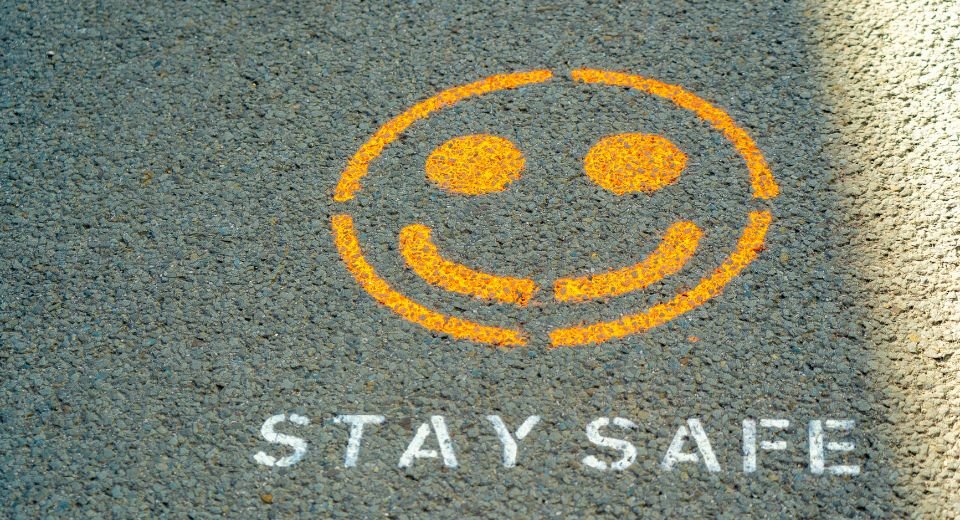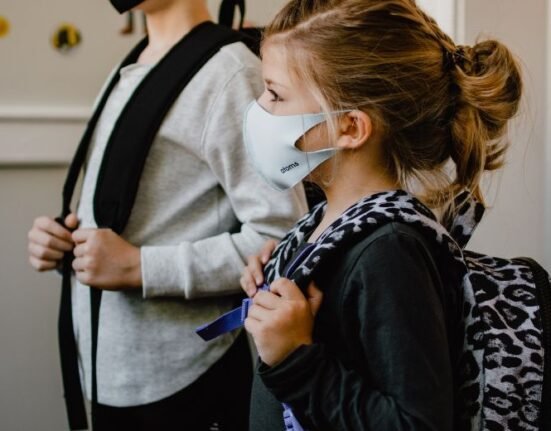HQ Team
December 9, 2022: Depression among US citizens has registered a threefold rise due to a sudden economic fallout at the start of Covid-19 pandemic, according to a study.
The sudden economic fallout at the start of the COVID-19 pandemic affected millions of people and contributed to a three-fold rise in persistent or elevated depression in the United States.
“But the extent of this toll on mental health is still coming to light,” a study led by Boston University School of Public Health (BUSPH) reported.
Suicidal ideation was nearly five times higher at the start of the pandemic and disproportionately affected people living in low-income households.
People who had difficulty paying rent or who felt lonely—two problems that intensified during COVID due to social distancing and the unprecedented shock to the economy—also contributed to a substantial rise in suicidal thoughts.
“Everyone felt the toll of mental distress from the challenges of the pandemic and unemployment crisis, and people who are low-income and housing insecure were most impacted,” says study lead and corresponding author Dr Julia Raifman of the Boston University.
Low-income children
“Policies and programs that help people stay in their homes and avoid economic hardship may make a big difference for improving mental health. It is also key to ensure that there are mental health services and supports for low-income children and adults.”
The researchers examined nationally representative survey data on demographics, suicidality, and a variety of pandemic-related stressors, including COVID-19 illness and bereavement, income, job loss, financial distress and loneliness.
The data included responses from more than 1,400 participants in the COVID-19 Life Stressors Impact on Mental Health and Well-Being (CLIMB) survey from March 31, 2020 to April 13, 2020, and more than 5,000 participants in the 2017-2018 National Health and Nutrition Examination Survey (NHANES).
The prevalence of suicidal thoughts rose from 3.4% in 2017-2018 pre-pandemic, to 16.3% after the start of the pandemic. The spike was greatest among participants who earned less than $20,000 each year, Hispanic participants, and participants ages 18 to 29.
Suicidal ideation also burdened 31% of people who had trouble paying their rent, and 25% of people who struggled with loneliness.
Mental health disparities
“These findings add evidence to the growing body of work showing the mental health disparities experienced during the pandemic across asset and demographic groups,” said study coauthor Dr Catherine Ettman, postdoctoral fellow in the Department of Mental Health at Johns Hopkins Bloomberg School of Public Health.
“The early pandemic particularly affected the mental health of young people, persons with low assets, and groups that have been traditionally marginalized by society.”
Job loss was not associated with suicidal ideation in the study, but further research could provide insight into the potential effects of prolonged COVID-related unemployment, and whether suicidality risks differ by wealth, according to the researchers.
In the NHANES study the researchers found links between assets and mental health, suggesting that people with higher income and savings are less likely to experience depression, a risk factor for suicidality.
“We are now starting to see the long term consequences of the COVID-19 pandemic,” says study coauthor Dr Salma Abdalla, research fellow at Boston University.
“The effects of the pandemic will be felt for a long time, particularly for young persons who will navigate the health and mental health consequences of this moment across the lifecourse.”
Policies that target populations experiencing financial distress and social isolation could serve as a valuable tool for suicide prevention, as well as policies that strengthen firearm restrictions—the primary means of suicide deaths—according to the researchers.








